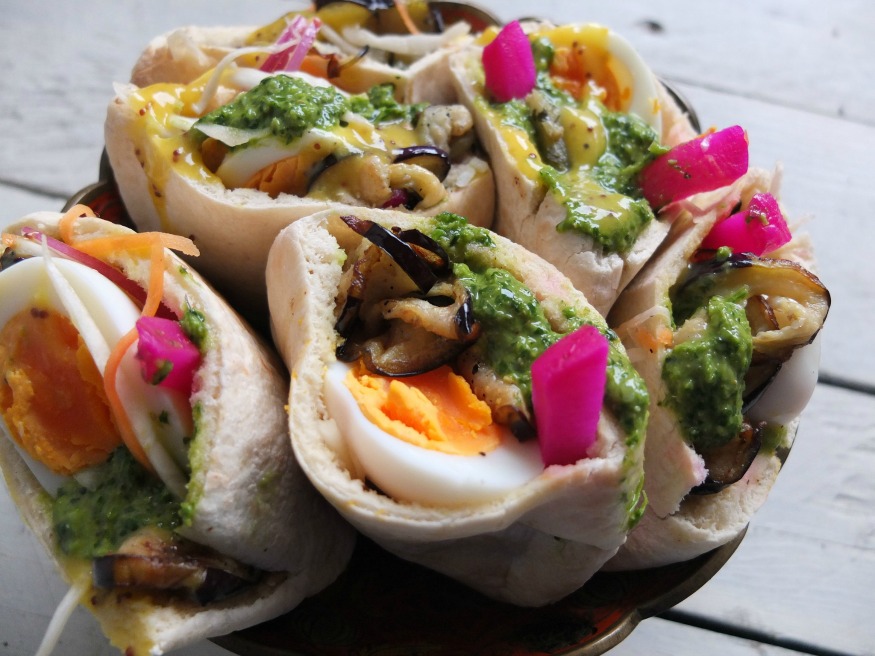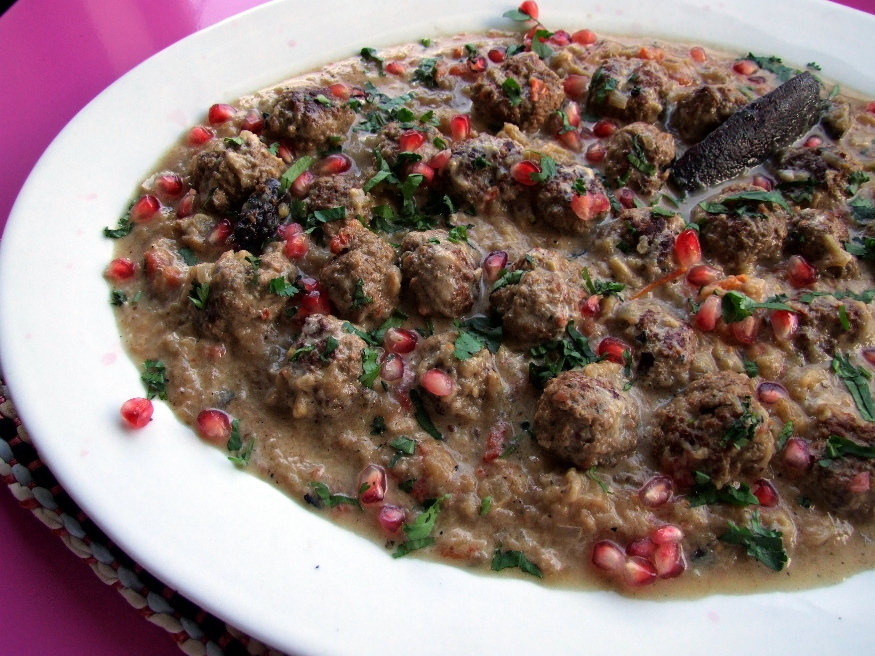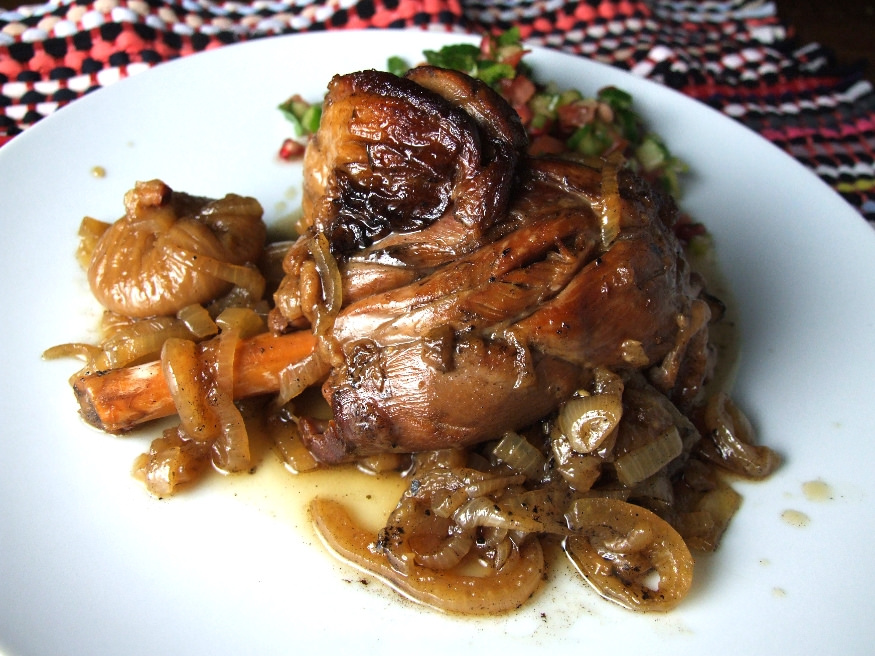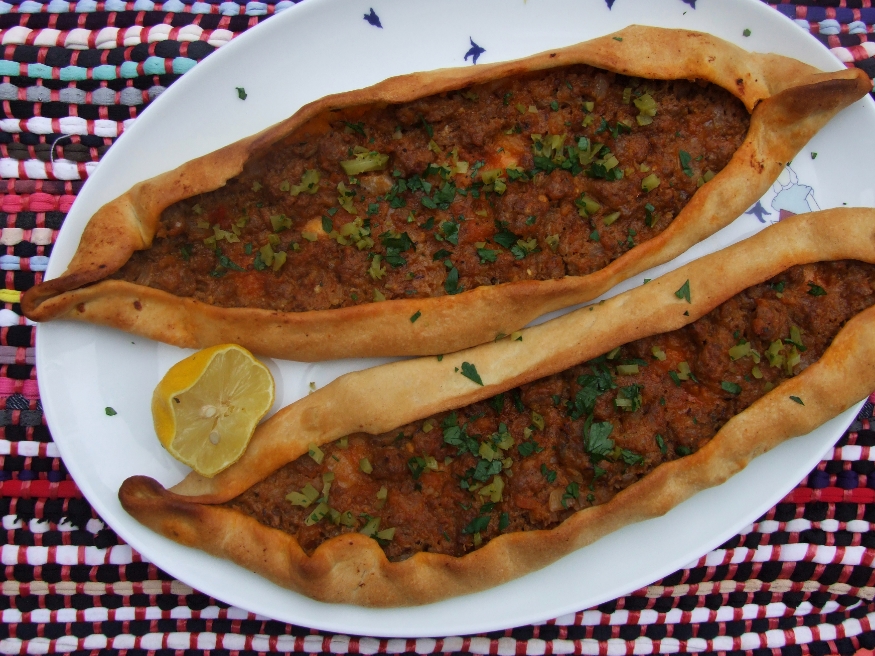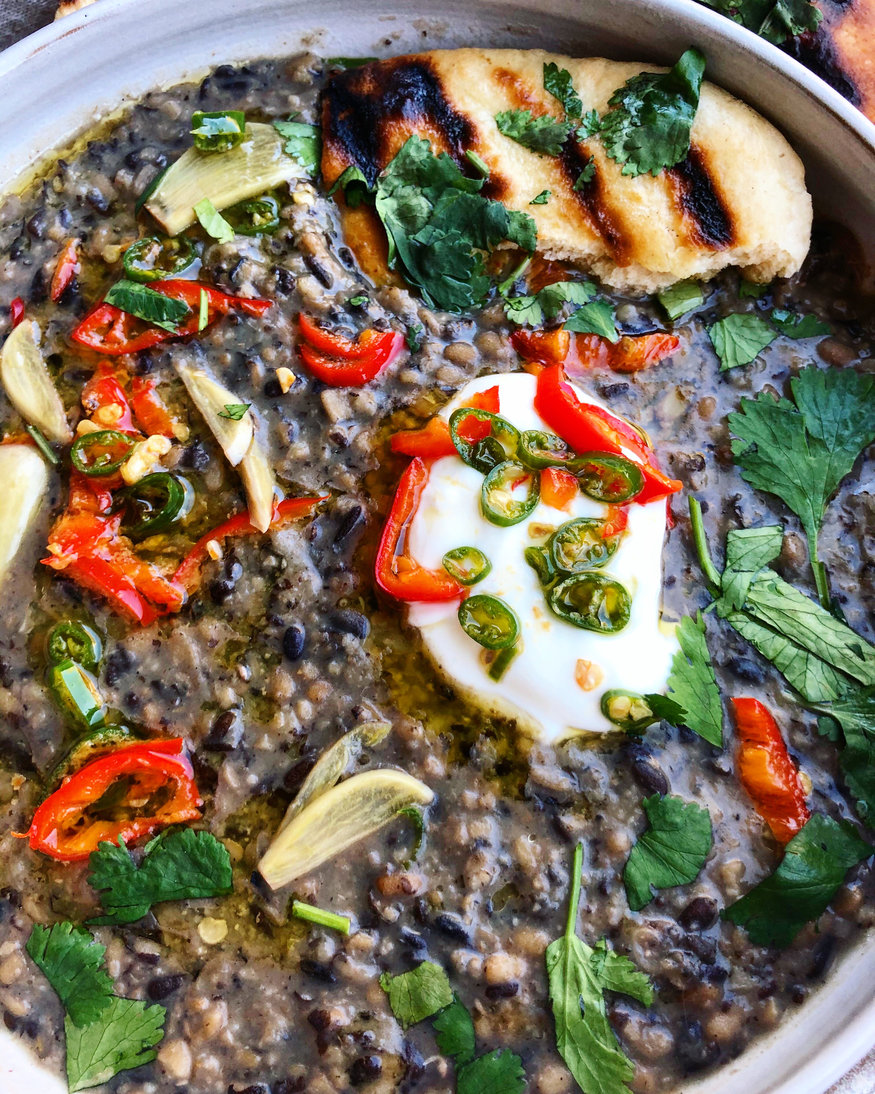
Regular readers will know that I’ve been writing a PhD for a long time. Like, 8 years long. Maybe 9? I can’t bring myself to work it out. Now that I’m on the home straight it means a lot of time spent in the house, at my desk, working on something which doesn’t earn me any money and probably never will. It is of such little value to me right now that I have a joke with a pal about the uses we can find for my thesis in its physical form. Could it crush a cardamom pod, for example? I’m confident it could obliterate a grape but I wouldn’t trust it to hammer a nail.
The reason I’m telling you this is that the lack of a) time and b) money mean I’m trying to cook more thriftily. The other day I even retrieved the dusty basket at the top of the spice cupboard and found a big bag of split black lentils, and we all know that one of the best things to make with lentils is dhal.
The whole urad dal need to soak overnight, which is why the split kind is handy. They take half an hour to soak and then an hour to simmer (this would be even faster with a pressure cooker but I couldn’t be bothered getting it out). I also found some aubergines in the fridge and a lovely thing to do with dhal is blacken aubergines as if making baba ganoush, then add the flesh to the lentils. It’s more faff but makes the dhal really smoky and creamy.
This is one of the best bowls of lentils I’ve ever made, so I’ve stashed some in the freezer for future me to find. You should know that the garnishes are very important – do not underestimate the combined efforts of chillies fried in butter + cold creamy yoghurt.
Smoky Aubergine and Black Lentil Dhal Recipe
This is quite a large amount of lentils, so make sure you have a saucepan that can hold them before you begin. The dhal will serve 6 easily with flatbread, naan, chapattis etc.
2 aubergines (the larger they are, the smokier the dhal)
500g split black lentils (urad dhal)
1 teaspoon cumin seeds
1 teaspoon coriander seeds
A few cloves
A large pinch of mace
Seeds from 5 cardamom pods
10 curry leaves
1 cinnamon stick
1 onion, finely diced
5 cloves garlic, peeled and crushed
1 litre stock
Sliced red and green chillies, to garnish
Butter
Natural yoghurt
Coriander
Vegetable or groundnut oil, for cooking (yes you could use ghee but I finish this with butter, so it’s up to you)
Cover the split lentils with cold water and set aside to soak for half an hour.
Place the aubergines directly on a low flame on the hob and let them blacken, turning occasionally until they’re black all over and starting to burst and collapse. If you don’t have a gas hob, you can do this under a grill. Set aside to cool a bit, then scrape out the flesh and chop it.
Grind the cumin seeds, coriander seeds, cloves, mace and cardamom to a powder in a coffee/spice grinder or pestle and mortar.
Heat a few tablespoons of vegetable/groundnut oil in a large saucepan over medium heat and add the curry leaves and cinnamon stick. Cook for a few mins, stirring.
Add the onion and garlic and continue to cook, stirring to prevent them burning. When they’re golden, add the spices and cook for a couple of minutes more, stirring so they don’t catch.
Add the lentils and stock and give everything a good stir. Bring to the boil then reduce to a simmer and cook for 1 hour, or until the lentils are tender but still have a bite. Season with salt.
I like my dhal a bit creamy, so I blended half the lentils at this point. It’s up to you. You can also add a little water for a looser consistency.
Add the chopped aubergine and check again for seasoning.
Melt a large chunk of butter and gently sizzle the sliced chillies in it. Drizzle this on top of each bowl of dhal along with a spoonful of yoghurt and some chopped coriander.
